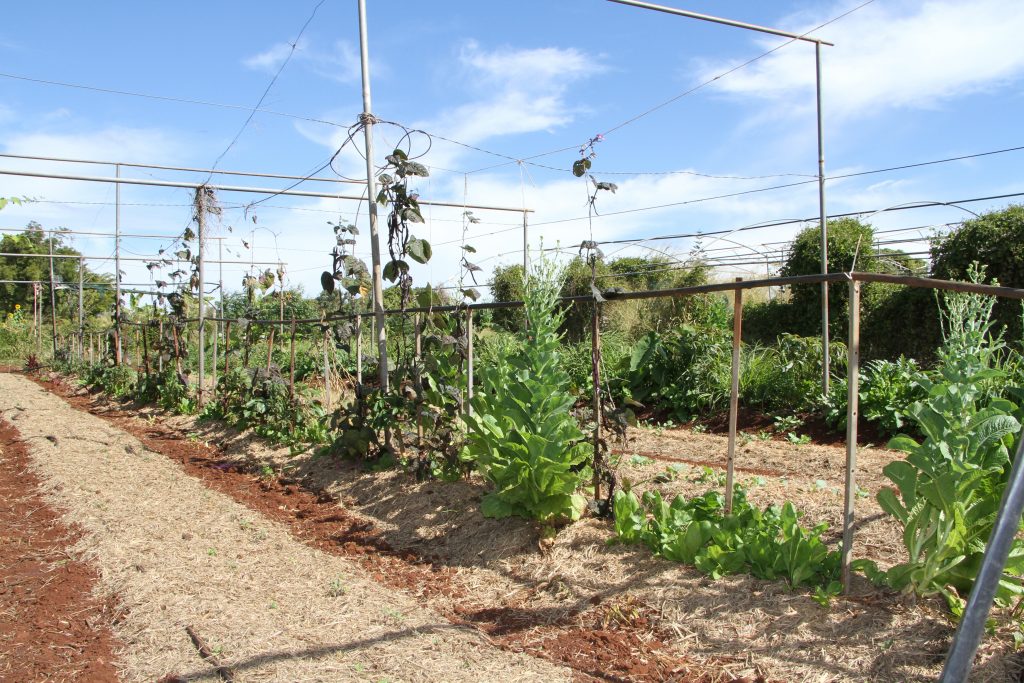Reef Catchments recently sent Wendy Eiteneuer from Pioneer Catchment & Landcare Group Inc to Cairns to take part in an introductory Syntropic Farming Course. Wendy shares her learnings with us below.
Participation in the course was thanks to funding from the QNRM (Queensland Government’s Natural Resource Management Investment) program.
Syntropic Farming mimics a forest’s interdependent plant relationships – methods can be applied in food production. If planned correctly it is said a Syntropic system can produce an almost continual harvest of vegetable, fruits, herbs, flowers or forestry timber over a 20-40 year span.
– By Wendy Eiteneuer
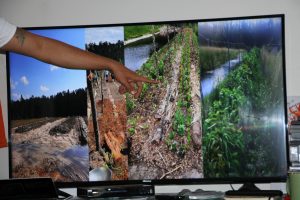
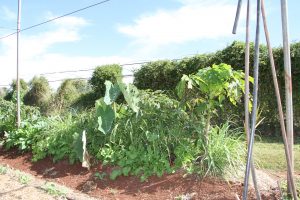
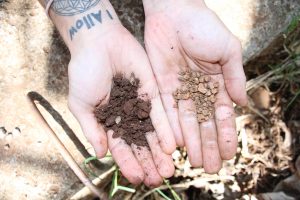 Syntropic Farming is the brainchild of Swiss farmer and scientist, Ernst Götsch. Ernst moved to Brazil in the 1980’s, and spends his time there refining his Syntropic Farming methods and passing on his knowledge to others. Ernst has rehabilitated thousands of acres of cleared and degraded land back into the lush rainforest it was originally, while also producing abundant food crops.
Syntropic Farming is the brainchild of Swiss farmer and scientist, Ernst Götsch. Ernst moved to Brazil in the 1980’s, and spends his time there refining his Syntropic Farming methods and passing on his knowledge to others. Ernst has rehabilitated thousands of acres of cleared and degraded land back into the lush rainforest it was originally, while also producing abundant food crops.
I recently attended an Introductory Syntropic Farming Course on the Atherton Tableland, presented by Thiago Barbosa. Thiago has been a long-time student of Ernst Götsch, and now practices Syntropic Farming in Australia in the Byron Bay region of NSW as well as passing on the information through courses and workshops like the one I attended. I found the course to be very informative, and I feel that this is an exciting concept that can be used to improve agriculture in our region.
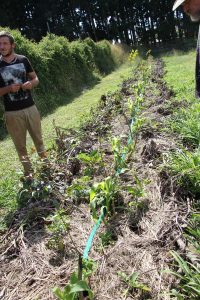 Syntropic Farming is a system that can be replicated anywhere, regardless of the location, land size, or soil type. It results in improved soil quality while also facilitating significant reductions in water and nutrient inputs. The five key principles of this method are:
Syntropic Farming is a system that can be replicated anywhere, regardless of the location, land size, or soil type. It results in improved soil quality while also facilitating significant reductions in water and nutrient inputs. The five key principles of this method are:
Ground Cover – no bare dirt ever. If earth is not covered by a living plant it must be covered with mulch.
Maximise Photosynthesis – maximising the amount of photosynthesising foliage sequesters carbon, improves soil quality and produces abundant supplies of food.
Natural Succession – as a rainforest has a natural succession where there is always new life to replace old, so does a Syntropic Farming system.
Stratification – using plants with differing light requirements creates a multi-layered system of great diversity, creating resilience.
Management – managing a Syntropic system involves harvesting, pruning and monitoring to maintain groundcover.
What Syntropic Farming does is reproduce the interdependent relationships within a rainforest. If planned correctly a Syntropic system can produce an almost continual harvest of vegetable, fruits, herbs, flowers or forestry timber over a 20-40 year span. A key characteristic is that a wide variety of plants with all different lifespans and light requirements are planted at a very high density, just as you would see within a rainforest.
View the YouTube video, ‘Life in Syntropy’ below for more information.
